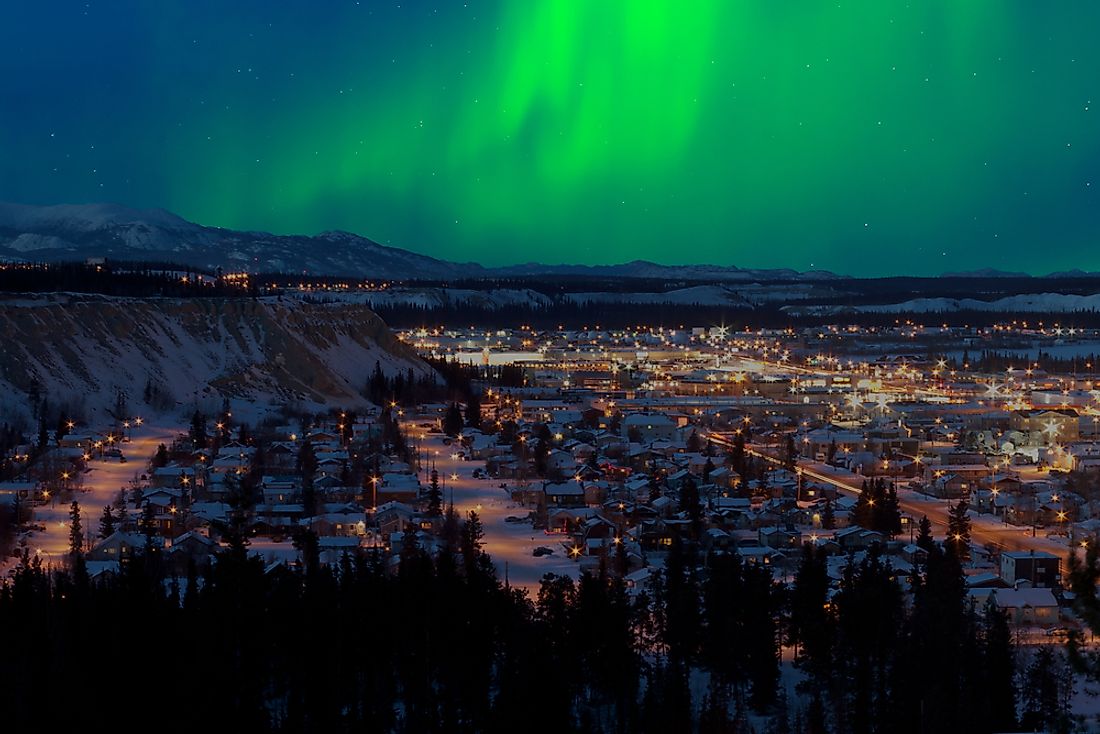What Is the Capital of Yukon?

The capital city of the Yukon Territory is Whitehorse. It is also the largest city in all of northern Canada. The City was integrated in 1950 and it is named for the White Horse Rapids on Yukon River which were said to resemble the mane of an advancing white horse. The downtown parts of the city are built on the banks of the river. The city occupies an area of 416.54 square kilometres and it has a population of about 25,085 residents.
History
Archaeologists have established that Canyon City, which lies to the south of downtown Whitehorse, has been used by First Nations for thousands of years. Activity around the area increased in the 1890s due to the discovery of gold and copper nearby. In the late 1890s, tramways were built to link Canyon City to the Yukon River rapids. The line was built along the eastern shores of the river. By this time, a small population had settled in Canyon City.
A railway line connecting Whitehorse and Skagway was completed in 1900 and this contributed greatly to the growth of Whitehorse. In 1920, planes started landing in the area and in 1927, air mail services were introduced in Whitehorse. Road transport was introduced in 1942 when the Alaska Highway was completed. Whitehorse was integrated as a city in 1950 and in 1953 it was chosen to become the administrative centre of Yukon.
Infrastructure
The Erik Nielson Whitehorse International Airport operates flights across Canada, as well as to some parts of America and Germany. Air North has its principal base in the airport. The city has a good road network and a number of highways which connect Yukon to other parts of North America.
The Yukon River is also navigable from the Bering Sea to Whitehorse.
The city has a public hospital known as Whitehorse General Hospital and several other healthcare facilities. The Royal Canadian Mounted Police provides police service to the city but Whitehorse has its own fire department and rescue or emergency services. The Yukon Government runs the public schools in the city and education at elementary and secondary levels is offered free by the government. Yukon College offers higher education to learners in the city.
Culture
The city has several historic sites and attractions. The world’s longest Fish ladder exclusively made of wood is found in Whitehorse. Yukon Wildlife Preserve and Yukon Gardens are among the natural attractions of the city. The Yukon Arts Centre in the city has a gallery and various artists as well as shows are hosted in the centre. The Frantic Follies performance group that was founded in 1970 is still a major tourist attraction in the city. Porter Creek’s Guild Hall and the Wood Street Centre in downtown Whitehorse showcases plays and other local productions. The city hosts a lot of annual festivals and events that draw tourists and artists from other parts of Canada and the world.







